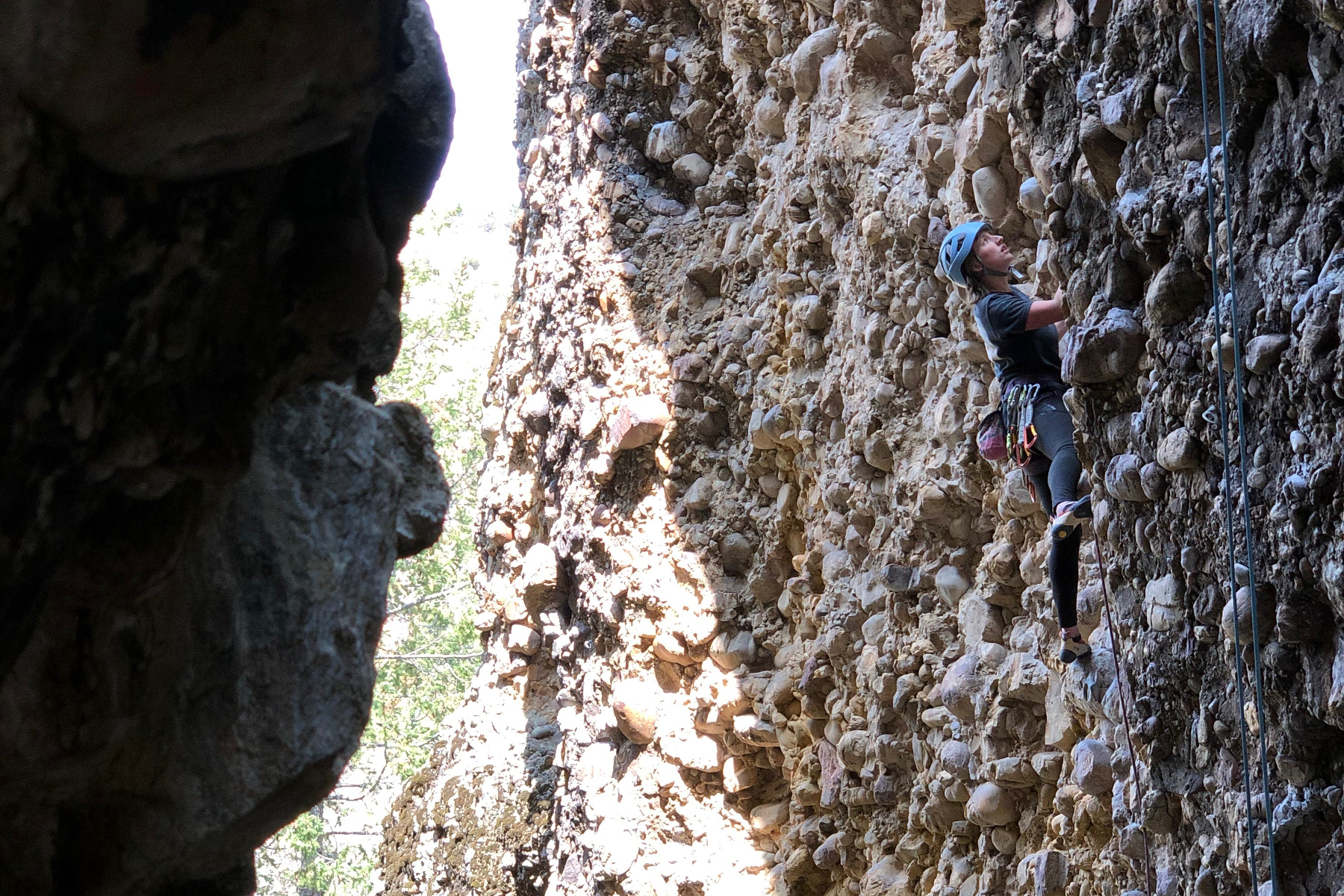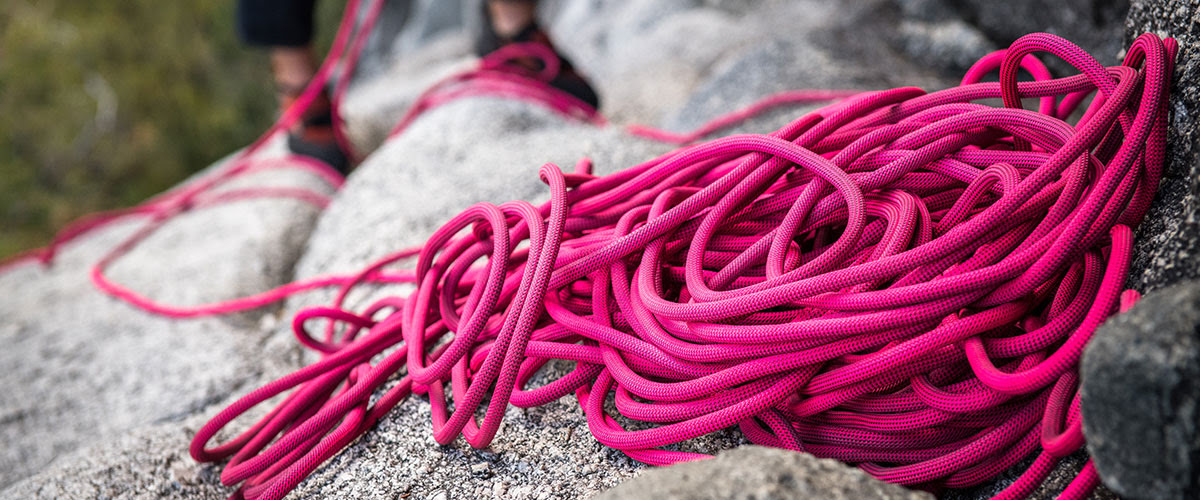Gym climbing is a great way to learn the sport. But how do you take the next step to rock climbing? And what gear do you need to get started? We have all the answers.
In the wake of an Olympic debut and an Oscar-winning documentary, the popularity of rock climbing is rising faster than Alberto Lopez on the speed wall. As a climber of many years, the sport’s rapid growth hardly surprises me. Among other benefits, climbing offers enjoyable exercise and meaningful social connection, all wrapped into a single activity.
Thanks to the advent and rapid proliferation of indoor climbing gyms, becoming a climber is easier than ever before. In decades past, pursuing climbing meant seeking a knowledgeable mentor and learning the literal ropes over many years. Now, the process begins as soon as you step into a gym.
According to the Climbing Wall Association, the indoor climbing industry is on the cusp of reaching the billion-dollar mark for the first time in 2021. As new gyms pop up in cities and towns across the globe, it’s safe to say that climbing’s days as a “fringe sport” are long gone.
Though many climbers are content to pursue the sport in a gym setting, plenty of others inevitably catch the itch to take their newly developed skills into the outdoors. The popularization of climbing has simplified the transition from gym climbing to rock climbing and outdoor bouldering via accessible gear and online educational content. Still, the gym-to-crag transition can be tricky to navigate.
In this handy guide, we’ll offer our top five tips for transitioning from climbing in the gym to sending it at the crag. We’ve also included our recommendations for critical pieces of gear that can help support you on the path to outdoor climbing.
This guide is meant to be a reference, not a comprehensive instructional manual. Learning to climb outside safely and responsibly is a lifelong process — but we’re happy to help you get started.

Gym-to-Crag Tip #1: Go Slow
The prospect of taking your gym climbing skills into the outdoors is exhilarating. The walls of most climbing gyms are covered with photos of iconic crags for a reason: Many climbers can’t wait to get out there.
Climbing outside is a worthwhile goal. However, to have safe and enjoyable experiences, it is essential to be patient and not rush the process.
Compared to the relatively controlled environment of the gym, outdoor cragging involves a complex set of situational variables. It takes intentional effort and preparation to navigate these properly.
There are many factors to consider, from adverse weather to responsible bathroom use before taking to the crags and boulders. Traditionally, new climbers would pair up with mentors to guide them through a slow and thorough learning process. Seeking a dedicated mentor is still an effective way to learn how to climb outside.
Unfortunately, not every aspirational climber has access to this kind of relationship. Fortunately, the sport’s growing popularity has created alternative and accessible paths that lead to safe and responsible outdoor climbing.

Gym-to-Crag Tip #2: Ask About ‘Gym-to-Crag’ Programs
Gym-to-Crag Tip #3: Hire a Climbing Guide

Gym-to-Crag Tip #4: Utilize Online Resources

Gym-to-Crag Tip #5: Make a Plan
Where Am I Going?

What Do I Need to Bring?

Are There Any Access Concerns?

How Do I Plan to Manage Human Waste?

How to Climb Outdoors: What Gear to Buy
Climbing Shoes
Harnesses
Climbing Rope
















